SNAS636C December 2013 – July 2021 LMK00338
PRODUCTION DATA
- 1 Features
- 2 Applications
- 3 Description
- 4 Revision History
- 5 Pin Configuration and Functions
- 6 Specifications
- 7 Parameter Measurement Information
- 8 Detailed Description
- 9 Power Supply Recommendations
- 10Layout
- 11Device and Documentation Support
Package Options
Mechanical Data (Package|Pins)
- RTA|40
Thermal pad, mechanical data (Package|Pins)
- RTA|40
Orderable Information
6.6 Typical Characteristics
Unless otherwise specified: VCC = 3.3 V, VCCO = 3.3 V, TA = 25°C, CLKin driven differentially, input slew rate ≥ 3 V/ns.
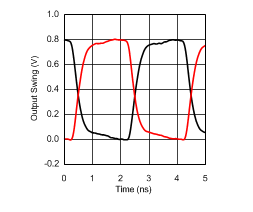 Figure 6-1 HCSL Output Swing at 250 MHz
Figure 6-1 HCSL Output Swing at 250 MHz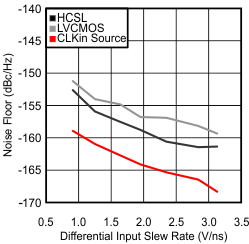
| Fclk = 100 MHz | Foffset = 20 MHz | |
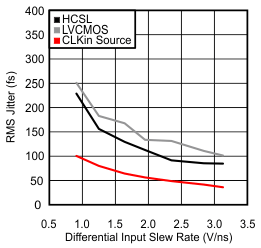
| Fclk = 100 MHz | Int. BW = 1 to 20 MHz | |
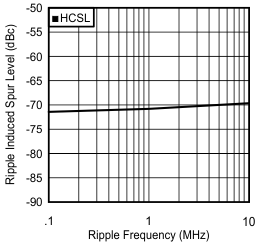
| Fclk = 156.25 MHz | VCCO Ripple = 100 | |
 Figure 6-9 Propagation Delay vs Temperature
Figure 6-9 Propagation Delay vs Temperature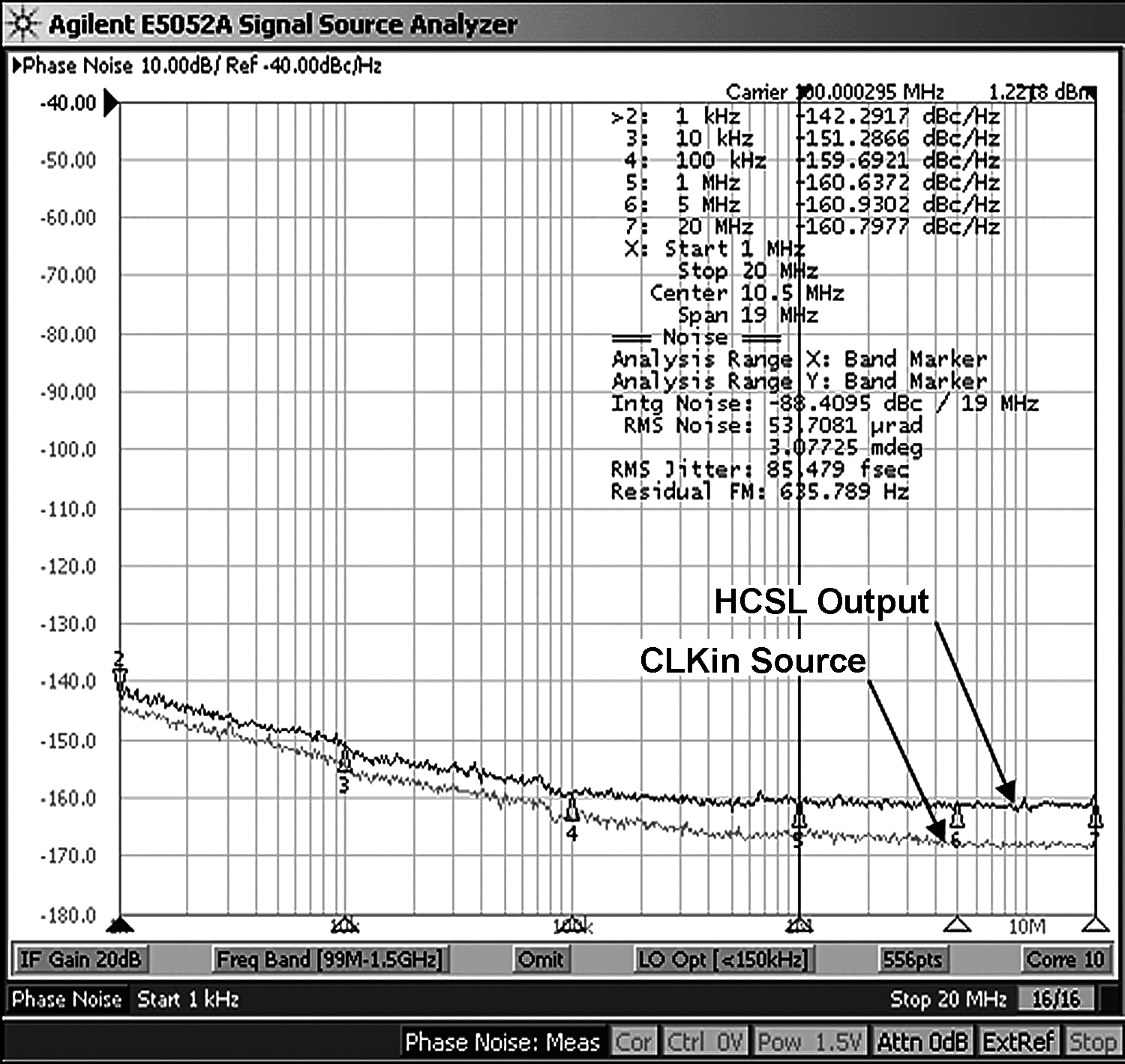 Figure 6-11 HCSL Phase Noise at 100 MHz
Figure 6-11 HCSL Phase Noise at 100 MHz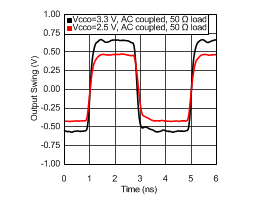 Figure 6-2 LVCMOS Output Swing at 250 MHz
Figure 6-2 LVCMOS Output Swing at 250 MHz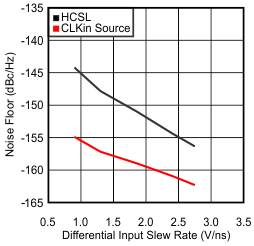
| Fclk = 156.25 MHz | Foffset = 20 MHz | |
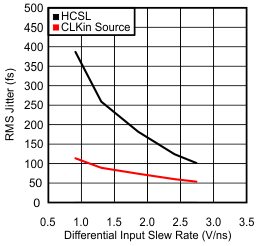
| Fclk = 156.25 MHz | Int. BW = 1 to 20 MHz | |
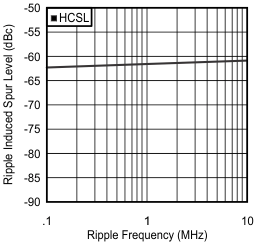
| Fclk = 312.5 MHz | VCCO Ripple = 100 mVpp | |
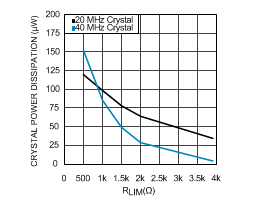 Figure 6-10 Crystal Power Dissipation vs RLIM
Figure 6-10 Crystal Power Dissipation vs RLIM